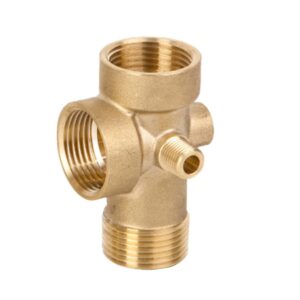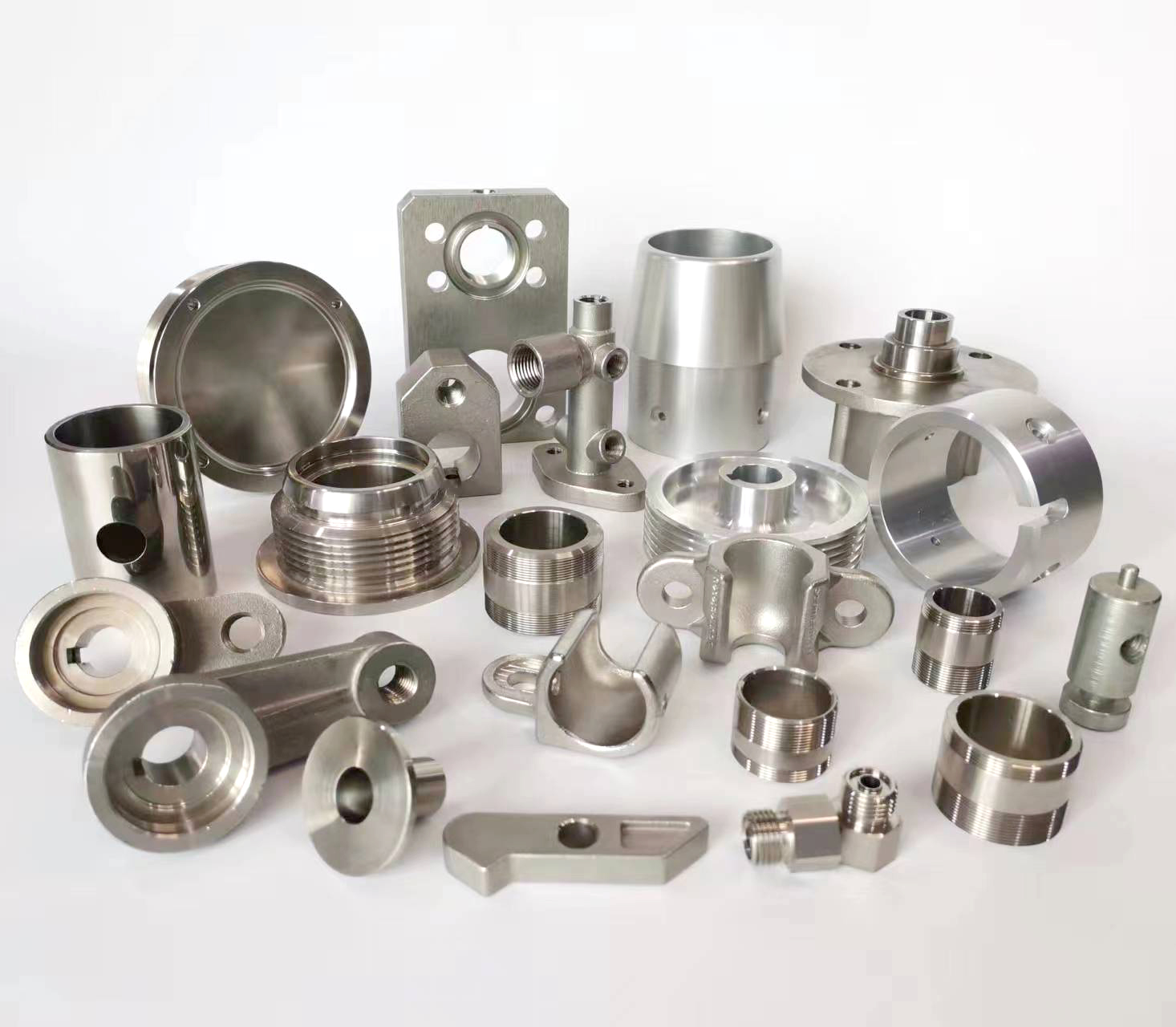
The hardness of a metal fastener (such as screws, bolts, nuts, and rivets) is a critical mechanical property that defines its resistance to permanent deformation, wear, abrasion, and indentation. Essentially, it indicates how well the fastener can maintain its shape and function under load and in challenging environments.
1. Why Hardness Matters
Prevents Thread Galling: Harder fasteners are more resistant to the cold-welding phenomenon known as galling, which is crucial for stainless steel and aluminum fasteners.
Resists Wear and Abrasion: Important in applications with vibration or movement.
Maintains Clamping Force: A hard fastener is less likely to deform under high preload, ensuring the joint remains secure.
Avoids Failure: Prevents the head from rounding off during installation or the threads from stripping.
2. Common Methods for Measuring Hardness
Several standardized scales are used to measure the hardness of metals, each with its own advantages.
Rockwell Hardness (HR): The most common method for fasteners due to its speed and direct readout. It measures the depth of penetration of an indenter under a large load compared to the penetration from a preload.
Common Scales:
HRC (Rockwell C): Uses a diamond cone indenter and a major load of 150 kg. Used for high-strength, hardened steels (e.g., grade 8 bolts, socket head cap screws). Typical values range from HRC 35 to HRC 45.
HRB (Rockwell B): Uses a 1/16 inch steel ball indenter and a major load of 100 kg. Used for softer steels, copper alloys, and aluminum alloys (e.g., grade 2 bolts, some nuts).
Brinell Hardness (HB): Creates a relatively large indentation using a hardened steel or carbide ball. It is good for materials with coarse grain structures or that are too rough for Rockwell testing. The result is expressed as a number (e.g., 250 HB).
Vickers Hardness (HV): Uses a diamond pyramid indenter, creating a small, precise indentation. It is excellent for testing thin surfaces, case-hardened layers, and very hard materials. The scale is continuous, making it suitable for all metals.
3. Hardness and Material Grades
For steel fasteners, the grade (or property class) is a direct indicator of its mechanical strength, which is closely correlated to its hardness.
SAE Grading (US Standard – marked on the head):
Grade 2: Low carbon steel, relatively soft. ~HRB 70-85.
Grade 5: Medium carbon steel, quenched and tempered. ~HRC 25-34.
Grade 8: Medium carbon alloy steel, quenched and tempered. ~HRC 33-39.
Metric Property Class (ISO Standard – marked on the head):
Class 4.6, 5.8: Lower strength, softer.
Class 8.8: Very common, medium strength. ~HRC 22-32.
Class 10.9, 12.9: High-strength fasteners. Hardness typically HRC 39-44 (for 12.9).
4. Hardness vs. Strength vs. Toughness: A Crucial Balance
It is vital to understand that harder is not always better.
Hardness & Strength: Higher hardness generally correlates with higher tensile strength (the resistance to being pulled apart) and yield strength (the point at which permanent deformation begins).
Toughness: This is the material’s ability to absorb energy and deform plastically before fracturing (i.e., resistance to impact and shock). As hardness increases, toughness often decreases. An extremely hard fastener can become brittle and may shatter under sudden impact or shock loading.
Therefore, selecting a fastener involves finding the optimal balance: hard enough to resist deformation but tough enough to avoid brittle fracture.
5. Key Considerations for Application
Correlation to Strength: Hardness provides a quick, non-destructive way to verify that a fastener has been heat-treated to the correct strength grade.
Material Compatibility: The hardness of a nut should generally be lower than the hardness of its bolt. This allows the nut threads to deform slightly and accommodate the load without seizing, protecting the more expensive bolt from thread damage.
Surface Treatments: Processes like case hardening or carburizing create a hard, wear-resistant outer surface while maintaining a softer, tougher core—ideal for parts requiring wear resistance and shock absorption.
Conclusion
In summary, hardness is a fundamental property of metal fasteners that directly impacts their performance, reliability, and suitability for a specific application. It is not a standalone property but must be considered in conjunction with tensile strength and, most importantly, toughness to ensure a safe and durable mechanical joint. The Rockwell C (HRC) and Rockwell B (HRB) scales are the most prevalent standards for specifying and verifying fastener hardness in the industry.





